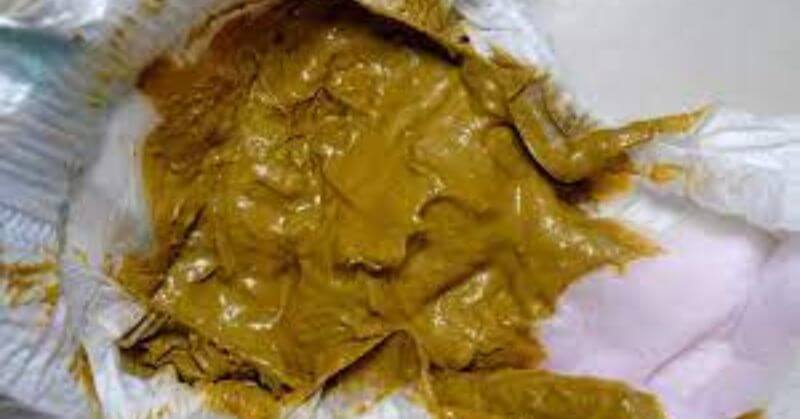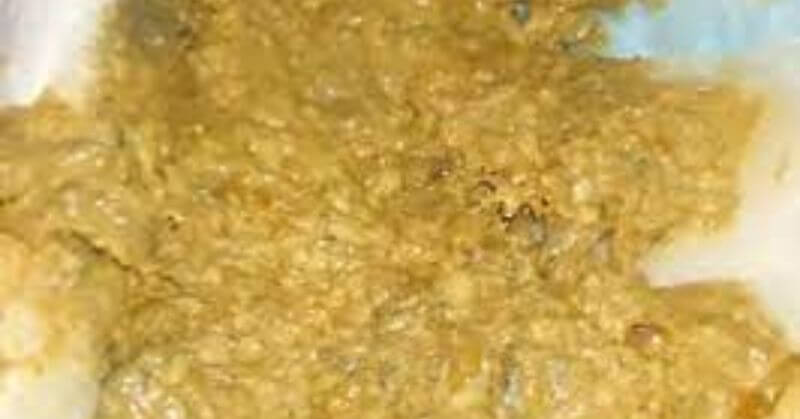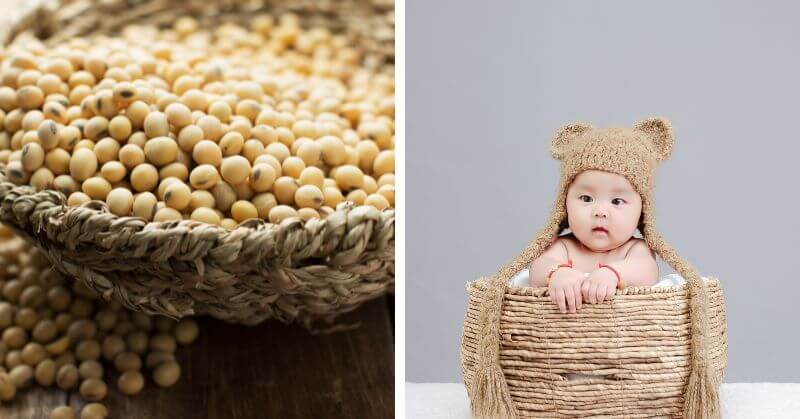Soy allergy in baby is a relatively common condition that occurs when a baby’s immune system mistakenly identifies soy protein as harmful and triggers an allergic reaction. Symptoms of soy allergy in babies can range from mild to severe and may include hives, swelling, difficulty breathing, vomiting, and diarrhea.
Soy is a common ingredient in many baby foods and formulas, so parents with babies who are allergic to soy need to be careful when selecting food products for their babies.
In severe cases, soy allergy can lead to anaphylaxis, a potentially life-threatening reaction that requires immediate medical attention.
If a baby has been diagnosed with a soy allergy, parents should work closely with their healthcare provider to develop a management plan that includes avoiding soy products and having emergency medications on hand in case of an allergic reaction. With proper management, most babies with soy allergies can lead healthy and active lives.
Approximately 60% of infants with cow’s milk protein intolerance in our region will also develop soy protein intolerance before their first birthday. It’s not uncommon for multiple members of a family to have food sensitivities and require a restricted diet.
Soy Allergy Baby Poop
Soy allergy in babies can affect their digestive system, which may lead to changes in their poop. When a baby with soy allergy consumes soy-based products, their body may have difficulty breaking down the soy protein, leading to digestive issues such as diarrhea, bloating, and gas.
As a result, their poop may become loose, watery, and more frequent than usual. It may also have a foul odor and appear greenish in color.
However, it is essential to note that changes in poop alone are not always indicative of a soy allergy in babies. There may be other causes such as a viral infection, antibiotics, or changes in the baby’s diet. If you suspect that your baby has a soy allergy, it is best to consult a healthcare provider for a proper diagnosis and treatment plan.
They may recommend avoiding soy products or switching to a soy-free formula or alternative foods for breastfeeding mothers. By managing the baby’s diet and symptoms, parents can help their baby thrive and grow healthily.
Soy Allergy Baby Poop Pictures

If a baby has a soy allergy, their poop may look different than a baby not allergic to soy. Some possible changes in the appearance of the baby’s poop may include:
- Diarrhea from an allergy to soy can cause stomach distress and loose or watery stools in infants. The frequency of bowel movements may increase.
- Babies’ poop may appear slimy or stringy due to the presence of mucus in the stool.
- There may be blood in the baby’s stools if the soy allergy is severe enough to cause gastrointestinal bleeding.
- A stool that appears frothy or bubbly is often the result of an excess of gas in the digestive tract.

Summary!
It’s important to note that other conditions can also cause these symptoms, so if you suspect your baby has a soy allergy, it’s important to consult with a healthcare professional for proper diagnosis and treatment.
The content shared with all of you is for informational purposes; please don’t consider it your health guide. It is always better to take your doctor’s advice in person for any concerning issues.
Tinydale is on YouTube, Click here to subscribe for the latest videos and updates.
Follow Us: Facebook | Instagram | Twitter | Youtube | Pinterest
I am sure you are part of our amazing page Baby World To stay updated With posts and videos

